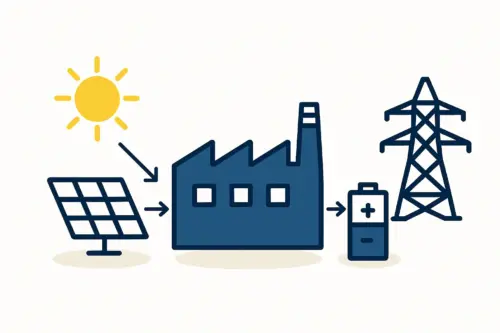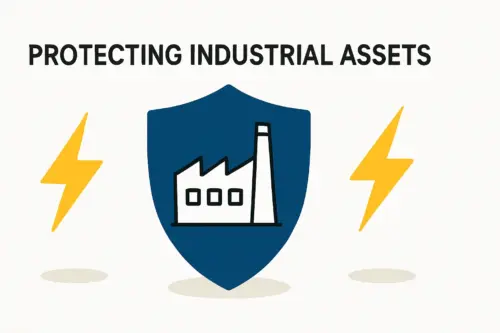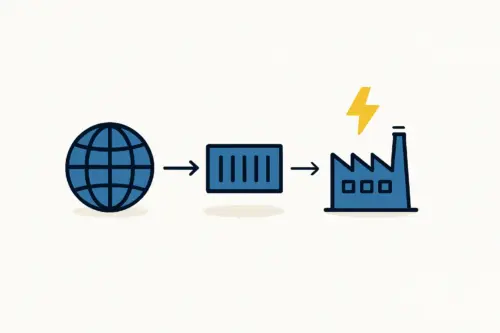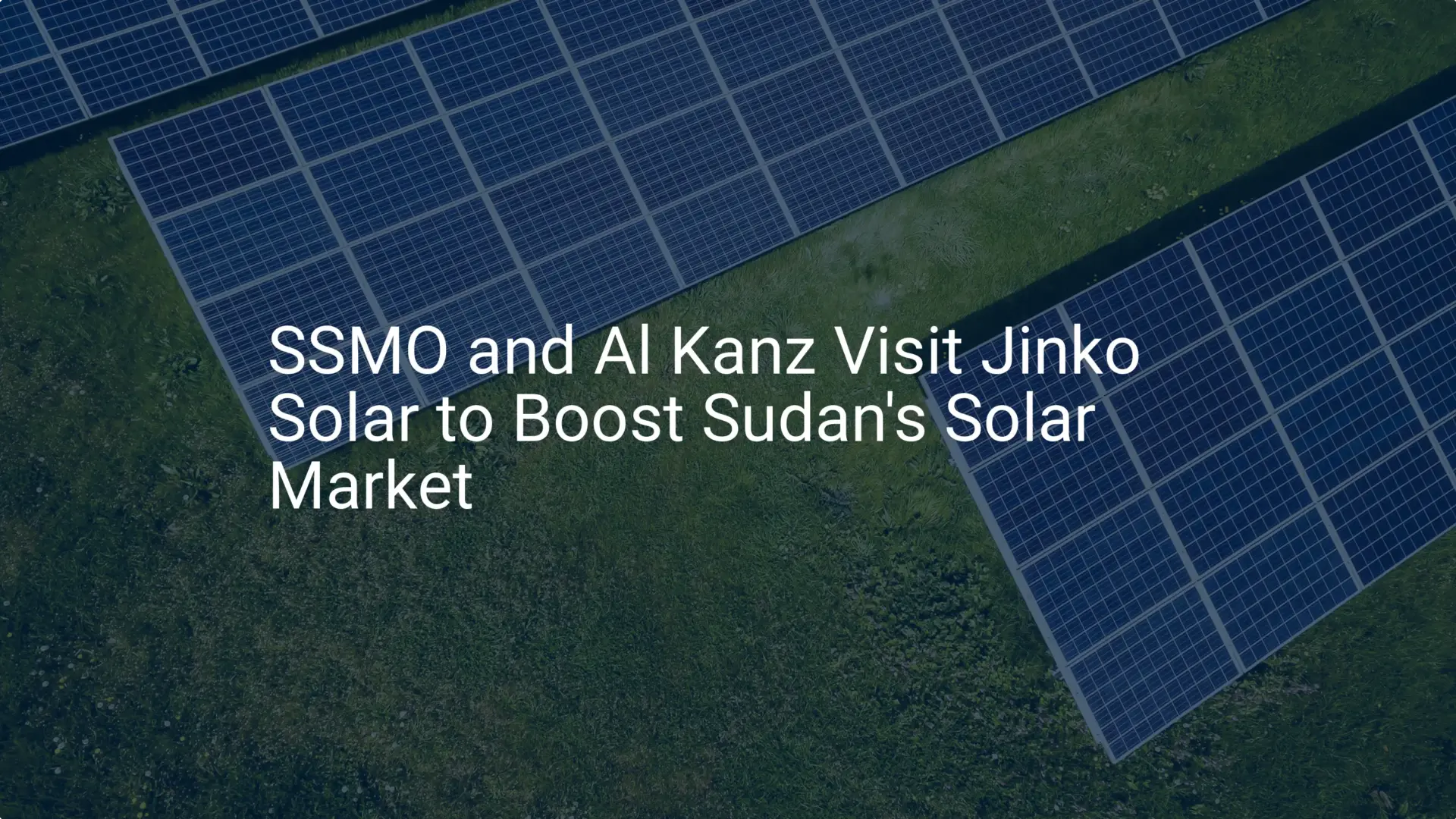Many entrepreneurs exploring solar module manufacturing assume high import duties on raw materials are an unavoidable cost. Conventional financial plans often allocate 10-25% of material costs to customs tariffs, a figure that significantly impacts initial investment calculations.
For an investor considering South Sudan, however, this assumption overlooks a critical strategic advantage: the country’s position within regional trade blocs. The actual tariff structure is far more favorable and can fundamentally alter the financial viability of a new solar enterprise.
This guide offers a clear overview of the customs duties and tax regulations for importing solar manufacturing components into South Sudan and exporting finished modules. Understanding this framework is an essential step for developing an accurate business plan and is foundational knowledge for anyone learning how to start a solar panel factory.
Understanding South Sudan’s Trade Framework: The EAC Advantage
South Sudan’s accession to the East African Community (EAC) in 2016 is a cornerstone of its trade policy. As a member, the country adheres to the EAC’s Common External Tariff (CET), a standardized set of duties applied to goods imported from outside the community.
The EAC CET is designed to encourage local manufacturing and is structured into three primary bands:
- 0% for raw materials and capital goods.
- 10% for intermediate goods.
- 25% for finished goods.
Crucially for a prospective solar module manufacturer, nearly all required raw materials and production machinery fall into the 0% tariff category. This policy is deliberately structured to support the growth of strategic industries like renewable energy within the EAC bloc.
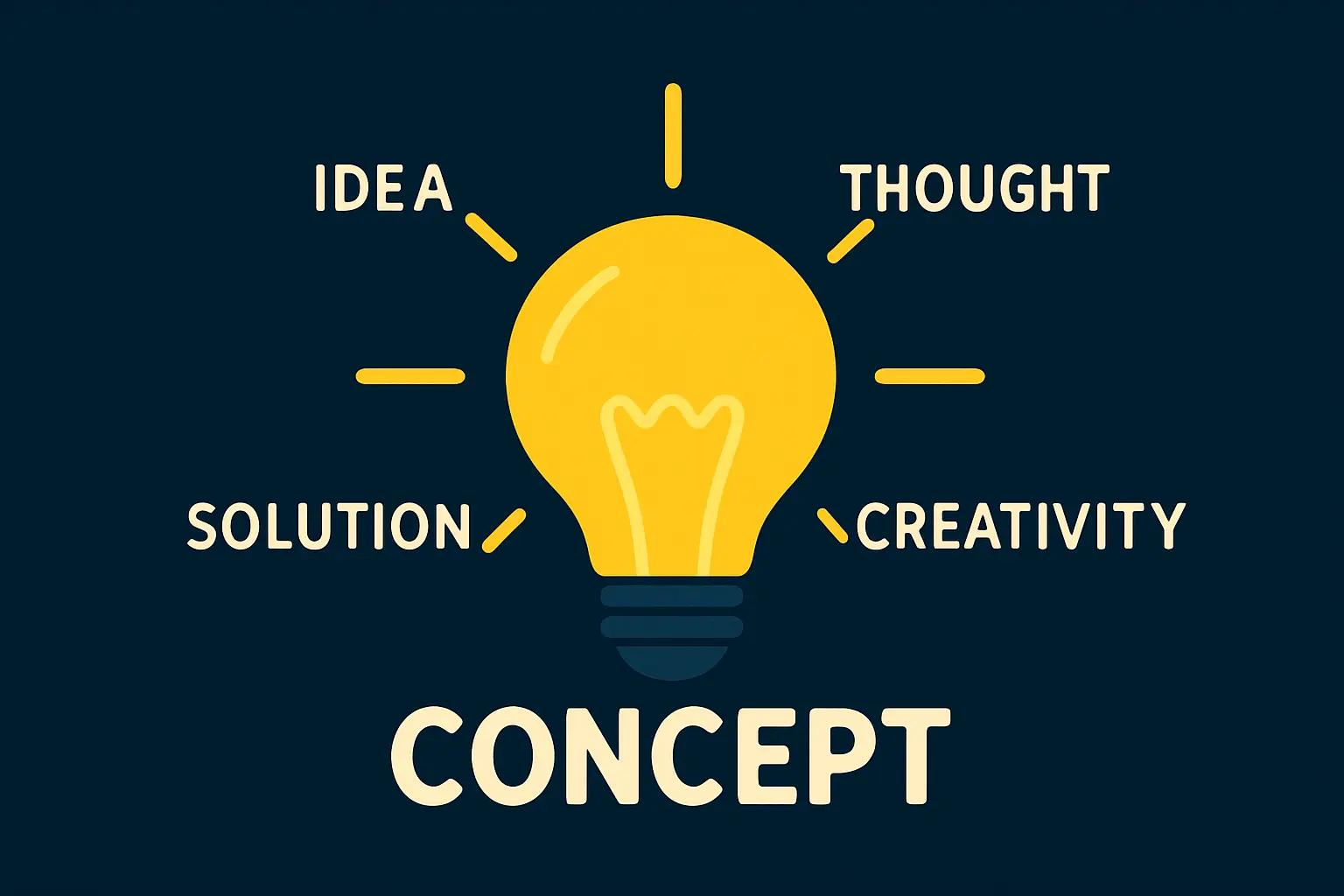
A Detailed Breakdown of Import Duties and Taxes
While the 0% duty on primary inputs is a significant benefit, a complete financial picture requires understanding all applicable levies. Accounting for these additional elements is key to avoiding unforeseen costs and delays.
The Common External Tariff (CET) on Solar Components
Under the EAC CET, the key components for solar module manufacturing are classified as raw materials or capital goods and attract a 0% import duty. This includes:
- Solar Cells
- EVA (Ethylene Vinyl Acetate) Film
- Backsheets and Front Glass
- Aluminum Frames
- Junction Boxes and Connectors
The 0% rate also extends to capital goods, exempting the primary machinery for the assembly line from import duties. This offers a substantial reduction in the initial setup costs when selecting the right solar manufacturing equipment. The key is to ensure all goods are correctly declared with the appropriate Harmonized System (HS) codes as stipulated in the EAC CET tariff book.
Ready to make big Profits?
The solar Industry is Booming
WE HELP NEWCOMERS to the solar industry start their own solar module production line. Customers can make BIG PROFITS by selling modules and finding investors, without wasting money and time on things they don't need!
Value Added Tax (VAT)
While components may be exempt from import duties, they are subject to Value Added Tax (VAT). In South Sudan, the standard VAT rate is 18%. This tax is calculated on the CIF value (Cost, Insurance, and Freight) of the imported goods.
The VAT paid on imported raw materials is considered an ‘input tax’, which can usually be offset against the ‘output tax’ collected from the sale of finished solar modules on the domestic market. Investors should consult a local tax advisor to understand the specific mechanisms for VAT registration, filing, and reclamation in South Sudan.
Other Potential Levies
Beyond the CET and VAT, other taxes like Excise Tax and Withholding Tax exist but are generally not applied to the import of standard solar components. However, Withholding Tax may apply to payments made to foreign service providers for installation or technical support, a detail that should be clarified during contract negotiations.
The Impact on Financial Planning
This favorable tariff structure has a direct, positive impact on the financial model for a solar manufacturing plant in South Sudan. Consider a shipment of raw materials valued at $1,000,000. In a country with a 25% tariff on such goods, the import duty alone would add $250,000 to the cost. In South Sudan, that cost is $0.
This exemption allows capital to be reallocated to other critical areas of the business, such as workforce training, quality control systems, or market development. It fundamentally improves the project’s return on investment and reduces the overall capital required. When modeling the investment requirements for a solar factory, this 0% duty is a powerful variable that enhances the project’s feasibility.
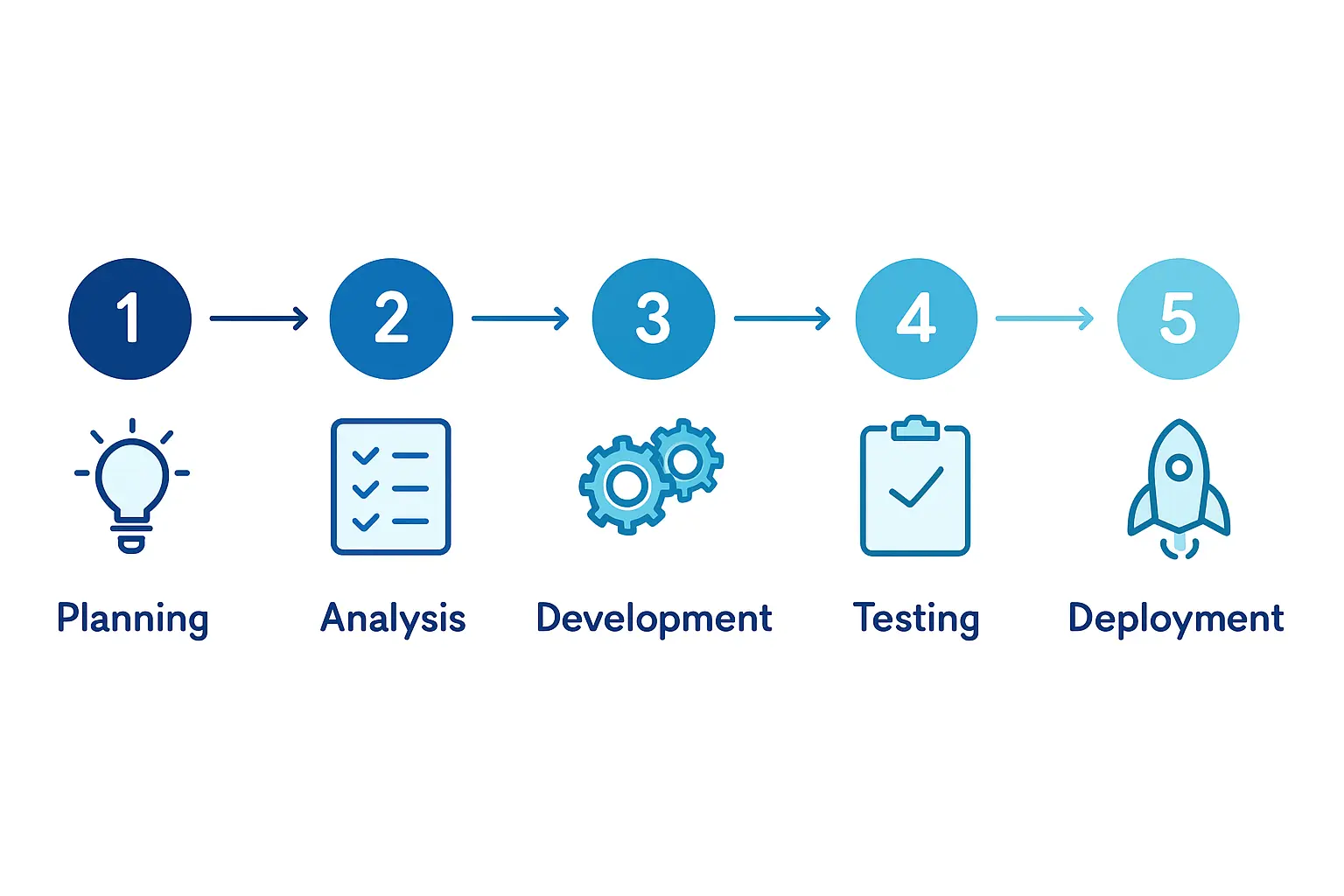
Export Opportunities: Leveraging COMESA and the EAC
The benefits of South Sudan’s location extend beyond favorable import conditions. As a member of both the EAC and the Common Market for Eastern and Southern Africa (COMESA), factories based in the country have a distinct advantage when exporting finished products.
Duty-Free Access to Regional Markets
Finished solar modules manufactured in South Sudan can be exported duty-free to all other member states within the COMESA Free Trade Area and the EAC. This provides tariff-free access to a vast and growing regional market that includes countries like Kenya, Uganda, Ethiopia, Rwanda, and the Democratic Republic of Congo. A South Sudanese manufacturer can thus be highly competitive on price compared to producers outside these trade blocs.
Rules of Origin and Documentation
To qualify for duty-free export, finished solar modules must meet the ‘Rules of Origin’ criteria stipulated by the trade agreements. This generally requires demonstrating that a certain percentage of the product’s value was added within the exporting country. Assembling imported cells, glass, frames, and other components into a finished module typically satisfies these requirements.
Proper documentation is non-negotiable for smooth export operations. Key documents include:
- Certificate of Origin: A document certified by a designated authority (like the Chamber of Commerce) that confirms the goods were manufactured in South Sudan.
- Commercial Invoice and Packing List: Standard documents detailing the transaction and contents of the shipment.

Frequently Asked Questions (FAQ)
What are the specific HS codes for solar components to ensure 0% duty?
HS codes are subject to updates. While components like solar cells (often under HS code 8541.40) are consistently classified as 0%, it is essential to consult the most recent EAC CET tariff book or work with a licensed customs clearing agent in South Sudan to ensure accurate classification for every item on your bill of materials.
Does the 0% duty also apply to spare parts for the manufacturing machinery?
Yes, spare parts for capital goods generally fall under the same 0% tariff category. Proper classification and declaration are key to ensuring the exemption is applied correctly by customs authorities.
How is the 18% VAT on imported materials managed financially?
The 18% VAT paid at the time of import is recorded as an input credit. When you sell a finished solar module in South Sudan, you collect 18% VAT from your customer (output tax). Your company then remits the difference between the output tax collected and the input tax paid to the National Revenue Authority (NRA). If input taxes exceed output taxes in a given period, a refund or credit may be claimed.
Are there any non-tariff barriers to be aware of?
While the tariff structure is clear, businesses can still face non-tariff barriers such as administrative delays at ports, requirements for pre-shipment inspections, or logistical challenges. Based on our experience with J.v.G. turnkey projects in emerging markets, working with a reputable and experienced logistics and customs brokerage partner is critical to navigating these operational hurdles effectively.
Conclusion and Next Steps
For an entrepreneur or investor evaluating solar module manufacturing in South Sudan, the country’s membership in the EAC and COMESA offers a powerful combination of benefits: a 0% import duty on nearly all necessary raw materials and equipment, plus duty-free access to a large and growing regional market for finished products.
This favorable regulatory environment significantly lowers the financial barrier to entry and makes the enterprise more competitive in the long term. Leveraging these advantages depends on meticulous planning, accurate financial modeling, and a clear understanding of the required administrative processes.
The next step is to integrate these tariff and tax implications into a comprehensive business plan to accurately project costs, revenues, and profitability.


